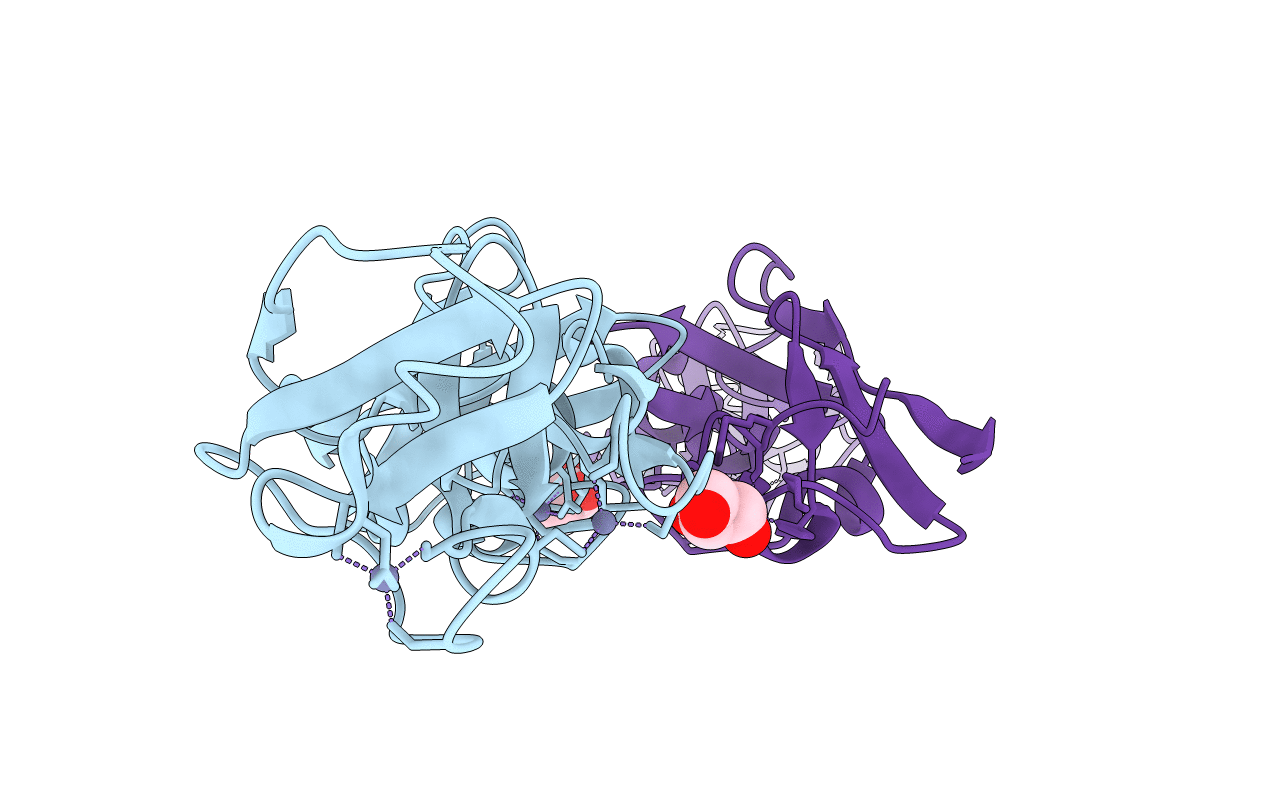
Deposition Date
2006-03-06
Release Date
2006-10-31
Last Version Date
2023-10-25
Entry Detail
PDB ID:
2DFY
Keywords:
Title:
Crystal structure of a cyclized protein fusion of LMO4 LIM domains 1 and 2 with the LIM interacting domain of LDB1
Biological Source:
Source Organism:
Mus musculus (Taxon ID: 10090)
Host Organism:
Method Details:
Experimental Method:
Resolution:
1.65 Å
R-Value Free:
0.19
R-Value Work:
0.16
R-Value Observed:
0.16
Space Group:
P 3


